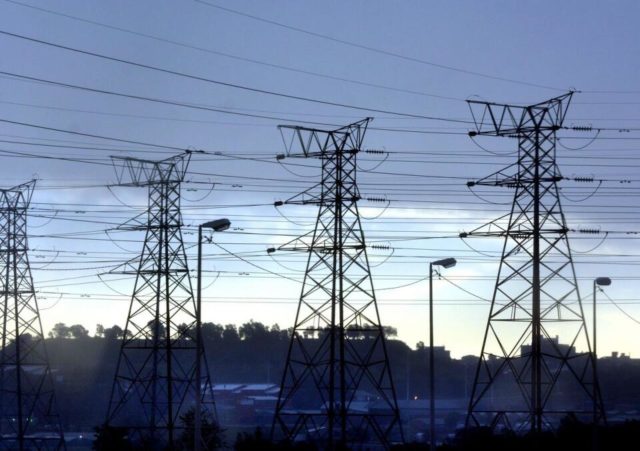The South African government will be taking up to two-thirds of Eskom’s R400 billion debt as part of a comprehensive approach to address the utility’s financial challenges. However, taxpayers will have to wait until February 2023 to get the full details of this takeover and how this will impact public finances.
THE SOUTH African government will be taking up to two-thirds of Eskom’s R400 billion debt as part of a comprehensive approach to address the utility’s financial challenges.
However, taxpayers will have to wait until February 2023 to get the full details of this takeover and how this would impact public finances.
Delivering his Medium-Term Budget Policy Statement, Finance Minister Enoch Godongwana said on Wednesday that the government was planning to provide relief for both guaranteed and non-guaranteed debt to Eskom.
Godongwana said reducing Eskom’s debt would ease financial pressure on the utility, enabling it to implement a viable unbundling process, and freeing resources for investment in critical electricity supply and transmission infrastructure.
However, Godongwana pushed back on proposals by trade unions for the government to shoulder as much as half, or R200bn, of Eskom’s debt to make it sustainable.
“While the selection of the relevant debt instruments and the method of effecting the relief is still to be determined, the quantum is expected to be between one-third and two-thirds of Eskom’s current debt,” he said.
Godongwana tabled his Medium-Term Budget Policy Statement (MTBPS) in Parliament on Wednesday.
Eskom is the single biggest known risk to the economy and the public finances, and the utility’s mounting debt has been flagged by numerous credit ratings agencies as a persistent risk to the fiscus.
The government is already shouldering a significant portion of both Eskom’s guaranteed and non-guaranteed debt which has been accumulating over years.
According to the MTBPS, the government’s overall guarantee exposure increased from R567bn in 2020/21 to R594bn as at March 31, 2022, driven largely by further drawdowns by Eskom, which accounts for 78% of guarantees to state-owned companies.
Godongwana said that the debt takeover, once finalised, together with other reforms will also allow Eskom to focus on plant performance and capital investment, and ensure that it no longer relied on government bailouts.
The minister also warned that this part of a comprehensive approach to help Eskom was but one of many steps needed to be taken as debt relief alone will not solve Eskom’s problems.
As a result, Godongwana said the debt-relief programme would include strict conditions required of Eskom and other stakeholders before and during the debt transfer.
“These conditions will address Eskom’s structural challenges by managing its costs, addressing municipal and household arrears due to the utility, and providing greater clarity and transparency in tariff pricing,” he said.
“In addition, the conditions will be informed by a Treasury-led independent review of Eskom’s operations, in particular the performance of its generation fleet.”
Eskom executives have argued in various platforms including the Parliament that the utility did not generate sufficient revenues or control its costs, hence it applied for higher electricity tariffs from the energy regulator.
Godongwana ended by saying that further details of the programme will be finalised following consultations with all relevant stakeholders and lenders and will be announced in the 2023 Budget in February.
The National Treasury is leading a process to finalise a debt relief programme.
During a media briefing in the morning, Treasury’s deputy director-general for asset and liability management Dr Duncan Pieterse said the specifics being finalised included the selection of the relevant debt instruments and the method of effecting the relief.
“We do have a sense of how much the government can take of Eskom debt, but we are also waiting for a number of data to come out, including the energy regulator’s decision for 2023 tariff numbers as well as our engagement with lenders,” Pieterse said.
“We should be in the position to announce the quantum and of the allocation in the February 2023 Budget.”
– BUSINESS REPORT








